Indian cricketer Suryakumar Yadav recently underwent surgery in Europe to address a sports hernia. The 34-year-old announced the procedure on Instagram, stating, "Life Update : Underwent surgery for a sports hernia in the lower right abdomen. Grateful to share that after a smooth surgery, I’m already on the road to recovery. Can’t wait to be back." But what exactly is a sports hernia, and how does it differ from a regular hernia?

A sports hernia, also known as athletic pubalgia, is a painful injury affecting the soft tissues in the lower abdomen or groin area. Unlike a traditional hernia, a sports hernia doesn't present as a visible bulge. Instead, it involves tears or strains in the muscles, tendons, or ligaments surrounding the groin, leading to persistent pain that intensifies with sudden movements.
Sports hernias commonly affect athletes like Suryakumar Yadav whose sports demand sudden directional changes, twisting motions, or intense, forceful movements. Activities such as batting, fielding, soccer, football, hockey, and wrestling can increase the risk.
The key difference between a sports hernia and a traditional inguinal hernia lies in the presentation. While an inguinal hernia involves an organ or tissue pushing through a weakened muscle, resulting in a visible lump, a sports hernia involves a tear or weakness in the muscles or tendons without any visible bulge.
This lack of a visible bulge can make sports hernias difficult to diagnose, but they cause significant pain and discomfort, particularly during physical activity.
The primary symptom of a sports hernia is pain in the groin or lower abdomen. This pain may appear suddenly at the time of injury or develop gradually over time due to repetitive movements. Key symptoms include:
Because the pain isn't accompanied by a bulge and is spread across a wider area, pinpointing the exact location of the hernia can be challenging. The injury can also lead to stiffness and soreness after physical activity, making it difficult to continue playing.

Sports hernias arise from repetitive movements that strain the muscles and tendons in the lower abdomen and groin. The injury occurs when these soft tissues are stretched or torn due to sudden twisting of the pelvis. Common causes include:
Treatment for a sports hernia depends on the severity of the injury. Possible approaches include:
Avoiding activities that trigger pain, especially twisting and sudden movements, can allow the tissues to heal. This approach can be time-consuming.
A structured rehabilitation program focusing on strengthening the abdominal and hip muscles, improving flexibility, and correcting muscle imbalances is crucial. Physical therapy is often the initial treatment.
Nonsteroidal anti-inflammatory drugs (NSAIDs) can help alleviate pain and inflammation, although they do not address the underlying issue.
If symptoms persist despite other treatments, surgery may be necessary to repair the torn tissues. Surgical options involve repairing or reinforcing the damaged tendons and muscles around the pubic bone. Surgery typically leads to a good recovery and a gradual return to sports.
Newer articles
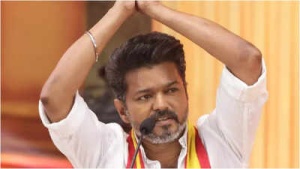 Vijay Officially Named TVK's Chief Minister Hopeful for Tamil Nadu's 2026 Election
Vijay Officially Named TVK's Chief Minister Hopeful for Tamil Nadu's 2026 Election
 RJ Mahvash Prioritizes Work Over Buzz, Addresses Link-Up Speculation
RJ Mahvash Prioritizes Work Over Buzz, Addresses Link-Up Speculation
 Which Chair Would You Choose? This Personality Test Reveals Surprising Insights
Which Chair Would You Choose? This Personality Test Reveals Surprising Insights
 UNESCO's World Heritage Wonders: Unveiling 10 Iconic Sites, From Petra to the Pyramids
UNESCO's World Heritage Wonders: Unveiling 10 Iconic Sites, From Petra to the Pyramids
 JPG to PDF: A Comprehensive Guide for Graphic Designers & Professionals
JPG to PDF: A Comprehensive Guide for Graphic Designers & Professionals
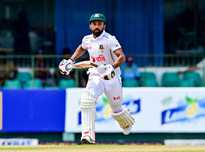 Shadman Islam Defends Bangladesh Batters After Day 1 Struggles Against Sri Lanka
Shadman Islam Defends Bangladesh Batters After Day 1 Struggles Against Sri Lanka
 iQoo Z9 Turbo: Rumored Specs Emerge – Snapdragon 8s Gen 3, 6000mAh Battery Highlighted
iQoo Z9 Turbo: Rumored Specs Emerge – Snapdragon 8s Gen 3, 6000mAh Battery Highlighted
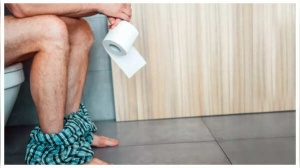 5 Often-Missed Warning Signs of Bladder Cancer You Need to Know
5 Often-Missed Warning Signs of Bladder Cancer You Need to Know
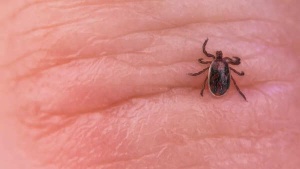 Tick Bite Paralyzes Fitness Influencer: A Wake-Up Call for Outdoor Enthusiasts
Tick Bite Paralyzes Fitness Influencer: A Wake-Up Call for Outdoor Enthusiasts
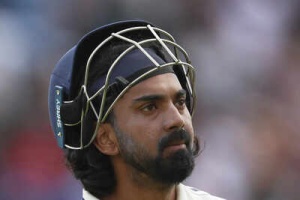 KL Rahul Puts Country First, Prioritizes England Tests Over Newborn Child
KL Rahul Puts Country First, Prioritizes England Tests Over Newborn Child